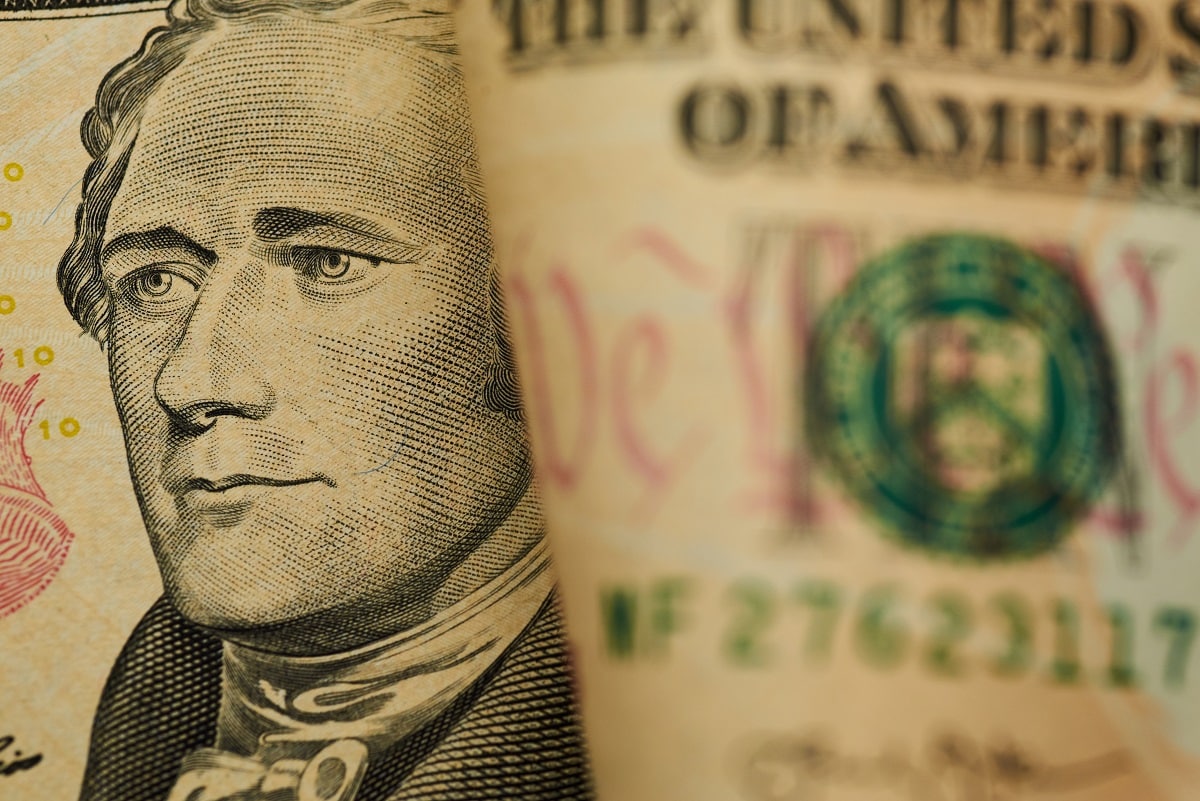Generals are said to fight the last war. Something similar might be said of Jerome Powell’s Federal Reserve in the way it has conducted monetary policy over the last two years.
First, it kept trying to stave off deflation well after the inflation genie had long since exited the bottle. Now, it keeps tightening monetary policy at an unusually fast pace even as the economy is headed towards a recession and even though there is growing evidence that an abrupt decline in inflation is in prospect.
In August 2020, in an act of remarkably poor timing, the Fed adopted an “average inflation targeting” approach that would tolerate a period of inflation above its 2 percent inflation target. It did so in the belief that deflation was the key problem facing the US economy and that the Fed needed to make up for the prolonged period that inflation had been below target.
Last year, even as inflation was starting to rise, the Fed compounded its inflation judgment error by continuing to fret about inflation being too low. This induced the Fed to keep policy interest rates at their zero lower bound and to flood the market with $120 billion in liquidity a month through its bond-buying activities. That, in turn, contributed to a surge in consumer price inflation to a peak of more than 9 percent or to a level last experienced in the early 1980s.
Fast forward to today, the Fed now seems to be making the opposite inflation judgment error. Even after having raised interest rates at the fastest pace in the past forty years, by having hiked interest rates four times in 75 basis point steps, the Fed is signaling that further interest rate hikes are in the pipeline and that interest rates will need to be kept high for longer than earlier had been anticipated. It is doing so even though most economists now think that we are headed for a recession next year and even though a sharp drop in inflation would appear to be in prospect.
Among the clearer indications that a large decline in inflation is in prospect is the bust presently underway in the housing market due to the more than doubling in mortgage rates from 3 percent at the start of the year to around 7 percent at present. That bust is inducing the Dallas Federal Reserve to suggest that home prices could decline by as much as 20 percent next year.
If such a housing bust does occur, it would be of the utmost importance for inflation since housing costs account for around 30 percent of the overall consumer price index. Even if home prices were to decline by only 10 percent next year, we would be going from a situation where housing costs added more than 2 percentage points to inflation to one where housing costs were subtracting more than 2 percentage points from inflation.
Similar arguments could be made for the way in which used car price and gasoline prices movements would subtract from inflation next year as we go from a situation of rapid price increases for these items to one of large price declines. Used car prices have already declined by more than 15 percent from their mid-year peak as supply chain issues have been resolved.
Meanwhile, gasoline prices have declined by around a third from their $ 5-a-gallon peak early this year as international oil prices have declined from $120 a barrel at the start of the year to around $70 at present.
Over and above these prospective declines for housing costs, used car prices, and gasoline prices, there is every likelihood that deflationary pressures will be reinforced by a strong dollar and the likely onset of a recession. The dollar’s more than 10 percent appreciation since the start of the year will reduce import costs while the move to recession should ease wage pressures.
One has to hope that the Fed has learnt from its past inflation judgment mistakes. Maybe then it will be more forward-looking and less data-dependent than in it has been to date in determining whether its inflation target is within reach.
Maybe then, we too will be spared an unnecessarily hard economic landing by a Fed that, in the past, has been inclined to engage in monetary policy overkill.
About the Author: Desmond Lachman is a senior fellow at the American Enterprise Institute. He was a deputy director in the International Monetary Fund’s Policy Development and Review Department and the chief emerging market economic strategist at Salomon Smith Barney.

